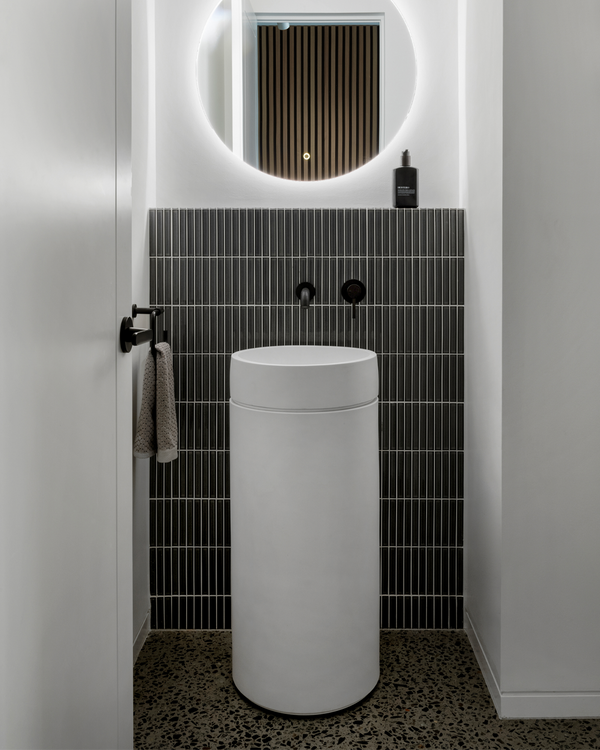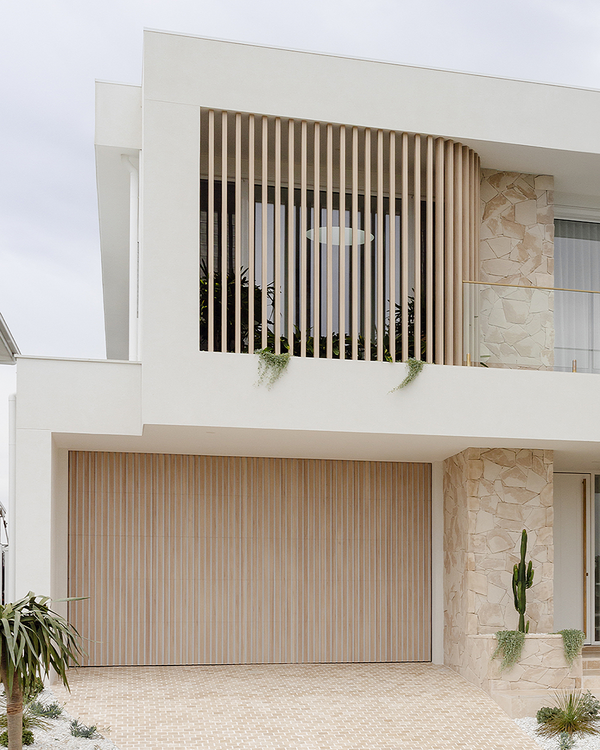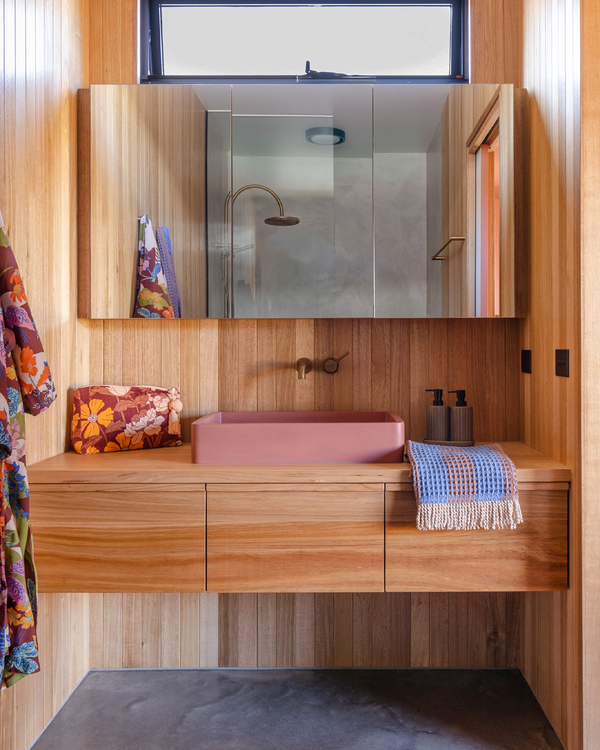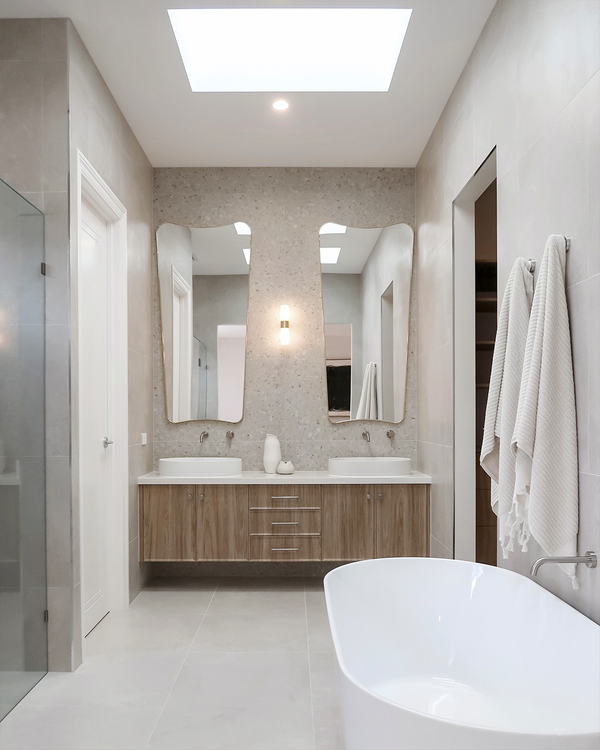Beyond Accessibility: Shaping Australia's Universal Design Future
Around one in six Australians experience disability yet a gap remains when it comes to accessible design in Australia. People with disabilities, along with their friends, family and carers should be able to access comfortable amenities when they leave their home. There is a need to create spaces that are intended to be used by all people - without the need for adaptation. Both Changing Spaces and studies by UNSW are calling for revised universal design guidelines and a greater focus on inclusive design moving forward.
Architects, Designers and Specifiers are in a unique position to facilitate change in this space and deliver a unified user experience, irrespective of ability. We’ve seen stunning commercial work in recent years, yet accessible spaces and restrooms still have a way to go in terms of design and usability.
Nood Co has been proud to see our basins featured in AS 1428 compliant spaces in various commercial projects. We’ve compiled some information and project inspiration below to assist you when it comes to creating a welcoming space with usability in mind.

What is an accessible bathroom?
In Australia, accessible bathroom designs adhere to specific guidelines which licensed Builders, Architects and Interior Designers are expected to implement. The main objective of an accessible bathroom is independent usability for people with disabilities, pregnant women, children, elderly and those with temporary injuries.
Requirements may include:
- Enough space to navigate in a wheelchair
- Lower positioned amenities
- Clear Signage (including Braille)
- Incorporation of grab bars

Co-Design in Commercial Spaces
Commercial projects are a great opportunity for Architects and Designers to make a design statement when it comes to the public restroom. The inclusion of an accessible public bathroom is mandatory for commercial spaces, which provides an opportunity for impactful design.
It’s up to specifiers to consider the usability of a space, to become, as Moddex describes “architects of change, acknowledging that creating spaces that welcome everyone is not just a trend but a responsibility.” Universal design guidelines are an effective tool, yet we can’t underestimate the power of community consultation. As Hames Sharley so eloquently put it, “we need to make sure we’re designing with, not for.”
Taylor’s Wines is a great example of creating an inclusive environment without compromising on aesthetics. Principle Architect, Kristina Soggee, states that “compliance with AS1428 proves that accessibility and beauty can co-exist harmoniously." The bathroom is visually stunning, whilst being inclusive in its design. Soggee worked closely with the owners of the winery and incorporated both the natural environment and usability considerations into the project.

Aesthetic
Aesthetic is one of the most common complaints about accessible bathrooms, with the majority looking cold, industrial and clinical. Stainless steel materials and stark white colours tend to be the default, which contribute to creating a sterile and unwelcoming environment. There are plenty of opportunities to elevate the design of an accessible space, such as introducing a colour to the grab rail or opting for matching matte black or brushed nickel accessories over stainless steel or chrome.
Edge Luxury Villas focused on creating an accessible bathroom with a luxurious look and feel, incorporating all Australian made products into the project. Interior Design firm Studio Situs selected aged brass tapware from Faucet Strommen which successfully added warmth and character into the space.

Adding warmth through a warmer palette or materials such as timber or natural stone is another great way to make an accessible space more inviting. Lighting also plays a huge part, where simply adding a warm LED to a mirror or a feature light fixture can add ambience. Abbot Kinney is a fantastic example of this, Bittoni Architects and carbon + bone utilised wall sconces to create a moody look and feel.

Basins
Accessible bathrooms should be designed to enable independent and comfortable use, meaning that basin heights need to be taken into consideration. Studies show that the majority of basins in accessible bathrooms are not usable for wheelchair users due to height or plumbing placement which meant that users could not wash their hands effectively. When selecting a basin with inclusivity in mind, height and wheelchair accessibility need to be considered.
Edge Luxury Villas opted for a Shelf Oval in Ivory for their accessible bathroom which perfectly compliments the aged brass tapware and peach terrazzo floor tile. Taylors Wines opted for a moodier look, utilising the Shelf 02 basin in Mid Tone Grey to tie in with their natural stone wall tiles and aged brass tapware. Abbot Kinney showcases how colour can be highlighted in accessible spaces with Shelf Oval in Musk and Blush Pink.

Conclusion
We hope to see more design that is inclusive, and adapts to our changing needs over time as a society. As Dr Konstantina Vasilakopoulou puts it, “Moving towards greater co-design with affected communities will enable design that is person-focused rather than ability-focused, design that fosters greater liveability, useability and inclusion”



